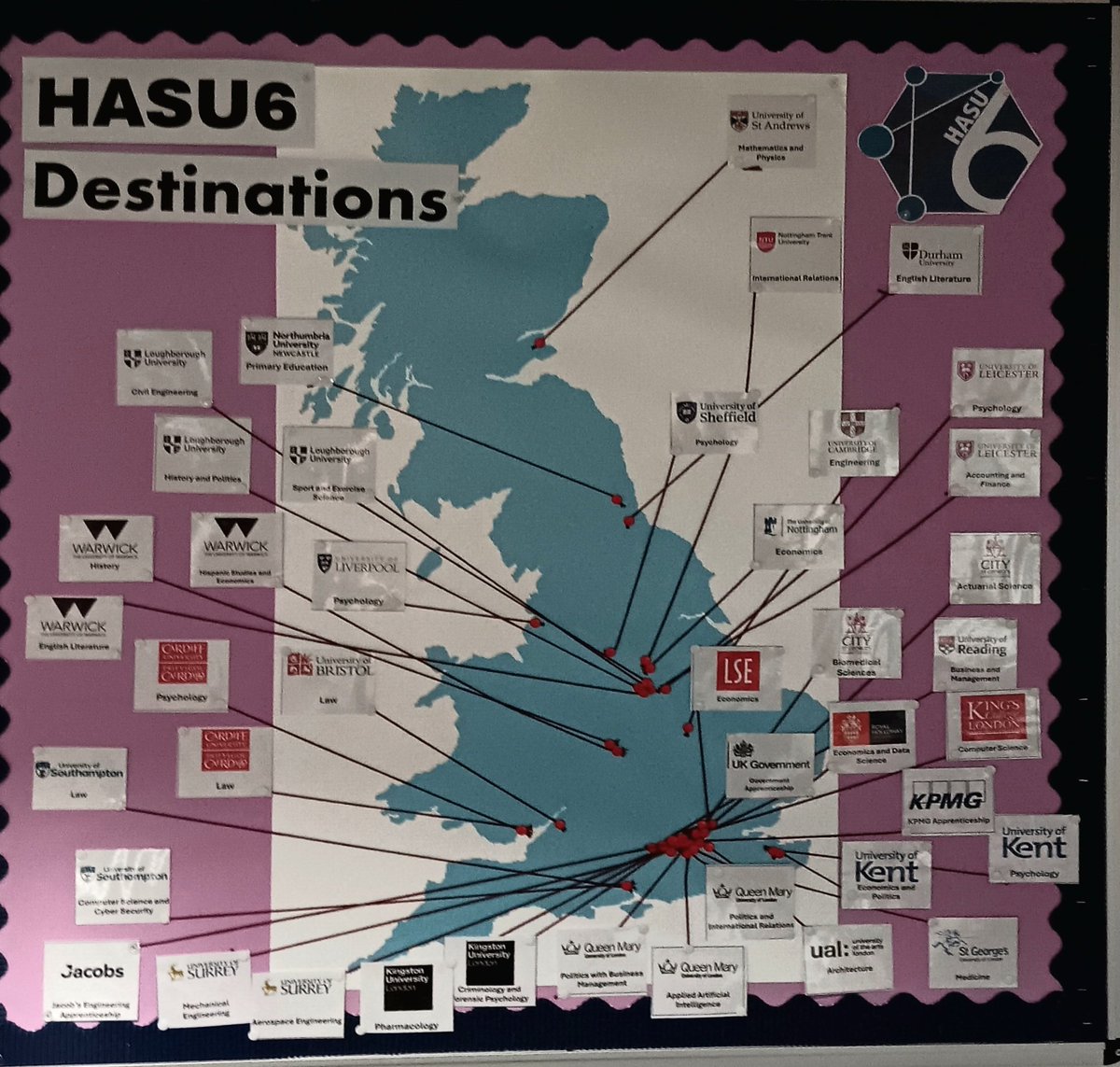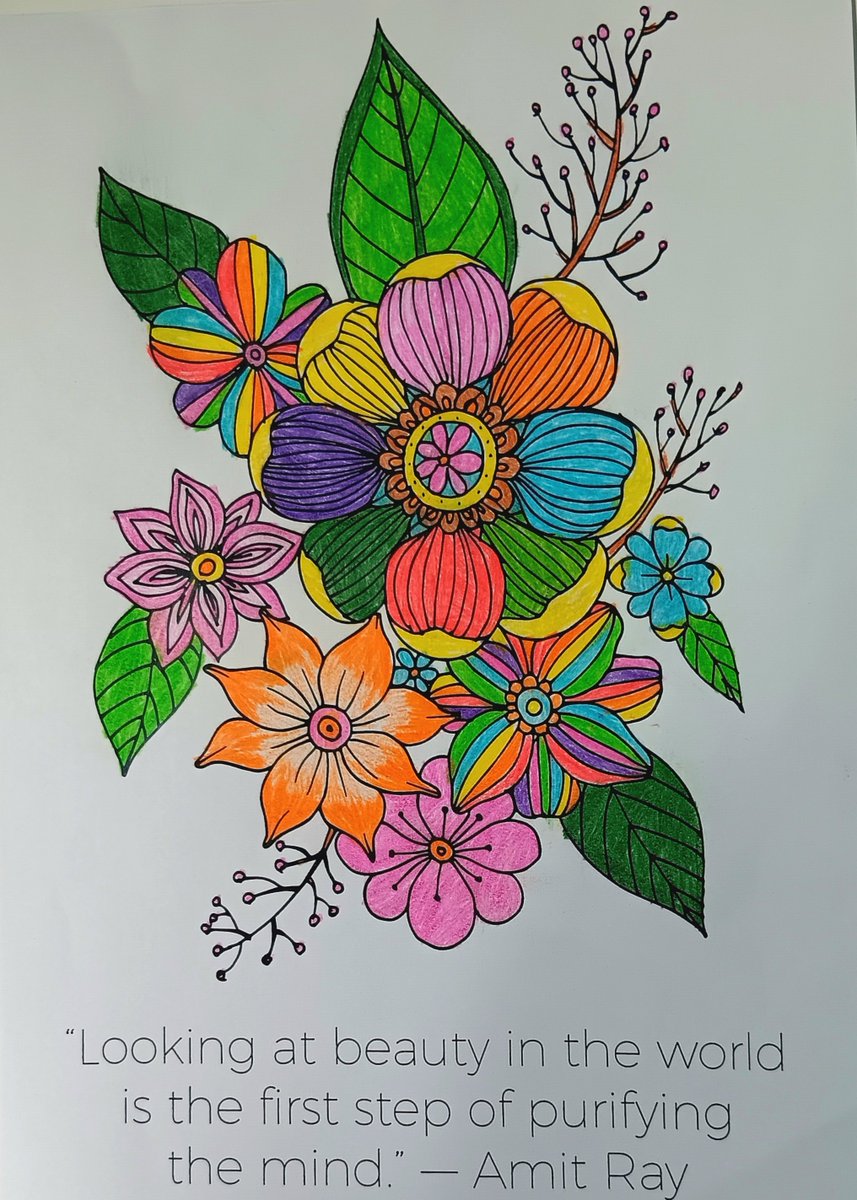Child on Child Abuse
What is child on child abuse?
Children can abuse other children (often referred to as peer on peer abuse) and it can take many forms. It can happen both inside and outside of school/college and online. This can include (but is not limited to):
- bullying (including cyberbullying, prejudice-based and discriminatory bullying);
- abuse within intimate partner relationships;
- physical abuse such as hitting, kicking, shaking, biting, hair pulling, or otherwise causing physical harm;
- sexual violence and sexual harassment;
- consensual and non-consensual sharing of nude and semi-nude images and/or videos;
- causing someone to engage in sexual activity without consent, such as forcing someone to strip, touch themselves sexually, or to engage in sexual activity with a third party;
- upskirting and initiation/hazing type violence and rituals
Child on child abuse involves someone who abuses a ‘vulnerability’ or power imbalance to harm another, and have the opportunity or be in an environment where this is possible. While perpetrators of child on child abuse pose a risk to others they are often victims of abuse themselves. It is influenced by the nature of the environments in which children/young people spend their time - home, school, peer group and community - and is built upon notions of power and consent. Power imbalances related to gender, social status within a group, intellectual ability, economic wealth, social marginalisation etc, can all be used to exert power over a child.
It can affect any child/young person, sometimes vulnerable children are targeted. For example:
- Those living with domestic abuse or intra-familial abuse in their histories
- Young people in care
- Those who have experienced bereavement through the loss of a parent, sibling or friend
- Black and minority ethnic children are under identified as victims but are over identified as perpetrators
- Both girls and boys experience child on child abuse however they are likely to experience it differently i.e. girls being sexually touched/assaulted or boys being subject to homophobic taunts/initiation/hazing type (rituals and other activities involving harassment, abuse or humiliation used as a way of initiating a person into a group) violence.
Actions the school will take
The school deals with a wide continuum of children’s behaviour on a day to day basis and most cases will be dealt with via school based processes. These are outlined in the following policies:
Behaviour & Anti-Bullying Policy
E-Safety Policy
Attendance & Punctuality Policy
Sex and Relationship Education Policy
The school will also act to minimise the risk of child on child abuse by ensuring the establishment provides a safe environment, promotes positive standards of behaviour, has effective systems in place where children can raise concerns and provides safeguarding through the curriculum via PSHE and other curriculum opportunities. This may include targeted work with children identified as vulnerable or being at risk and developing risk assessment and targeted work with those identified as being a potential risk to others.
Action on serious concerns
The school recognises that children may abuse other children physically, sexually and emotionally; this will not be tolerated or passed off as ‘banter’ or ‘part of growing up’. The school will take this as seriously as abuse perpetrated by an adult, and address it through the same processes as any safeguarding issue. We also recognise that children who abuse others are also likely to have considerable welfare and safeguarding issues themselves.
Child on child abuse may be a one off serious incident or an accumulation of incidents. Staff may be able to easily identify some behaviour/s as abusive however in some circumstances it may be less clear. In all cases the member of staff should discuss the concerns and seek advice from the Designated Safeguarding Lead (DSL).
Any suspicion or allegations that a child has been sexually abused or is likely to sexually abuse another child (or adult) should be referred immediately to Children’s Social Care and the Police.






















